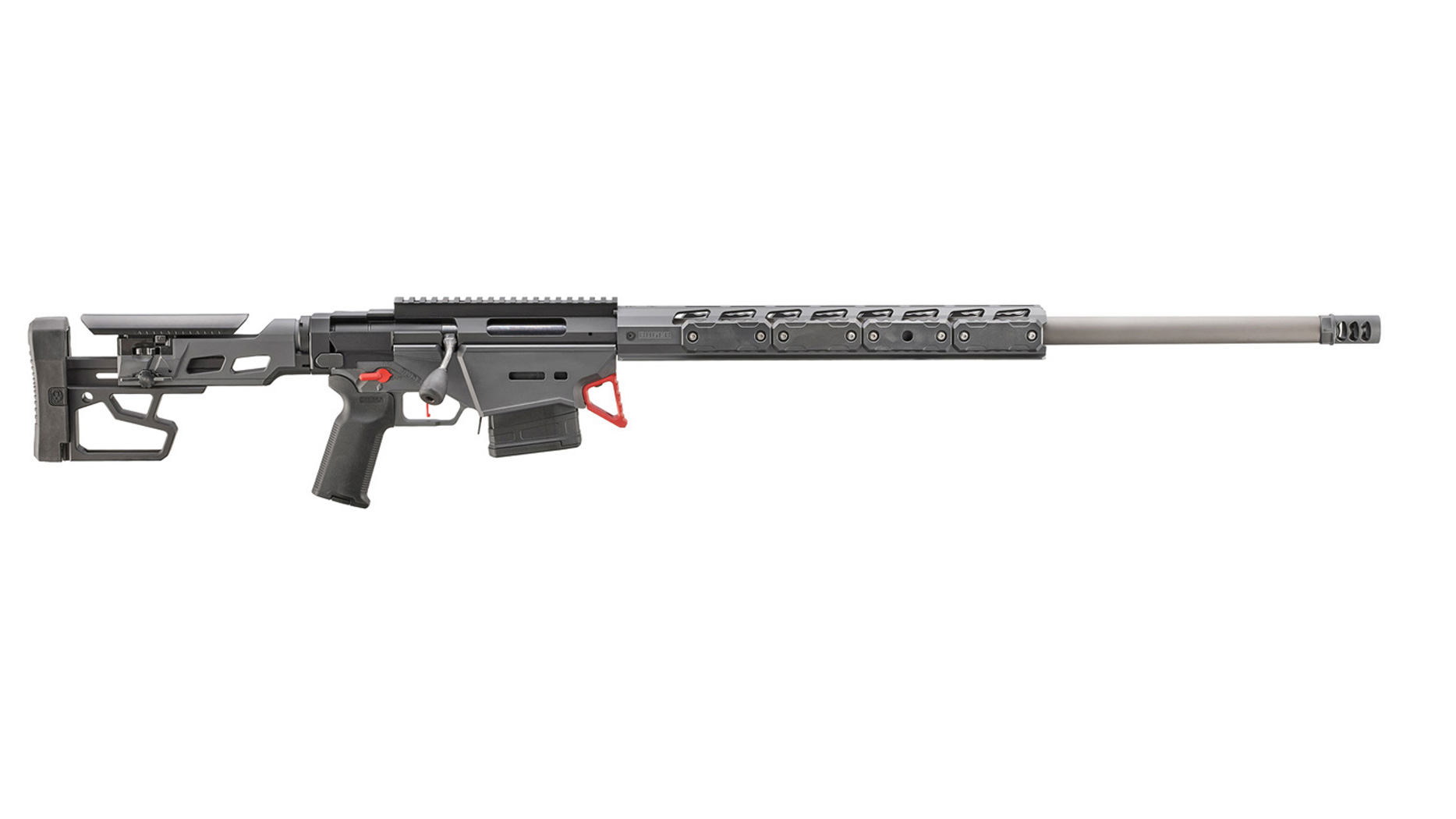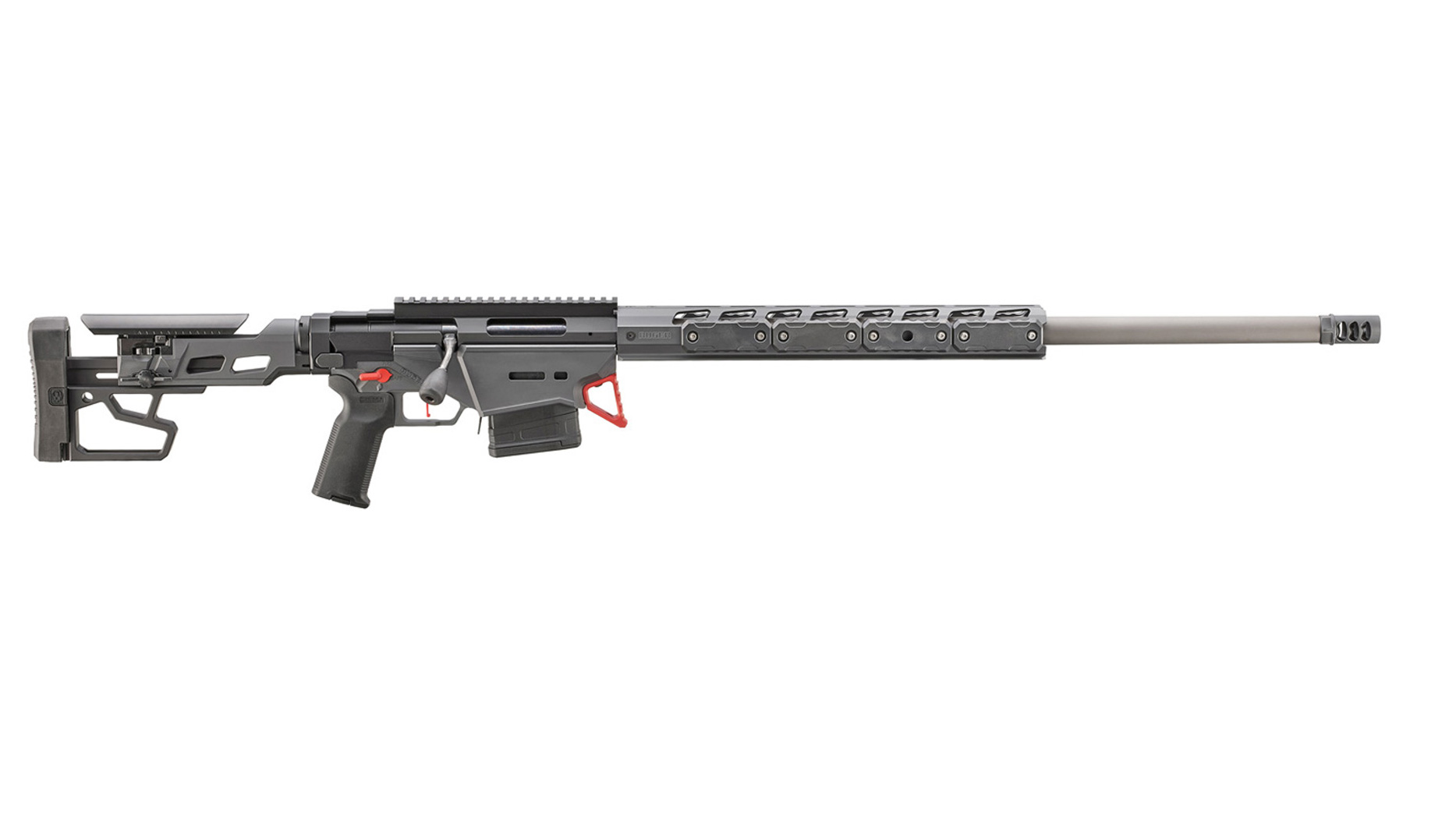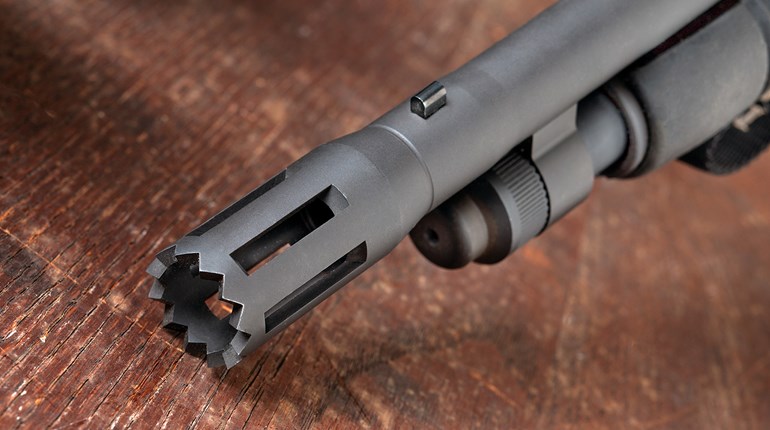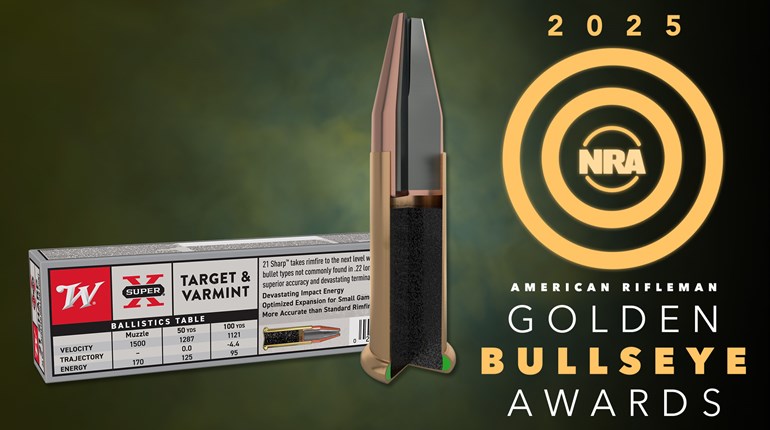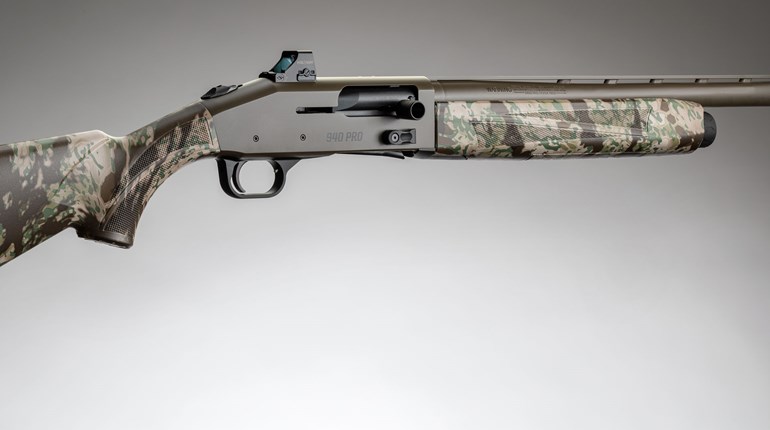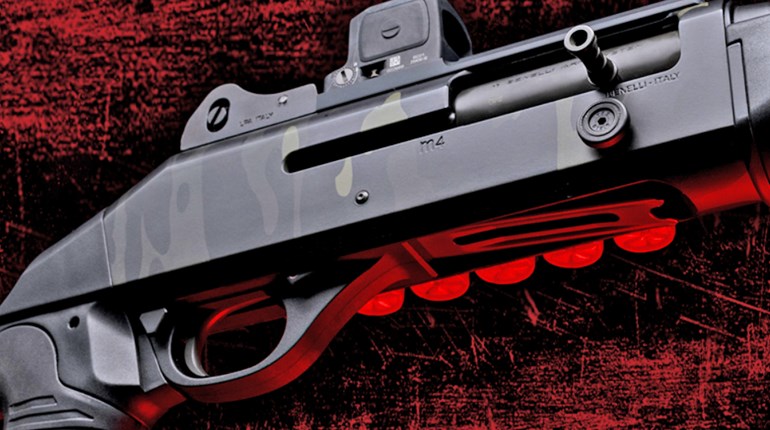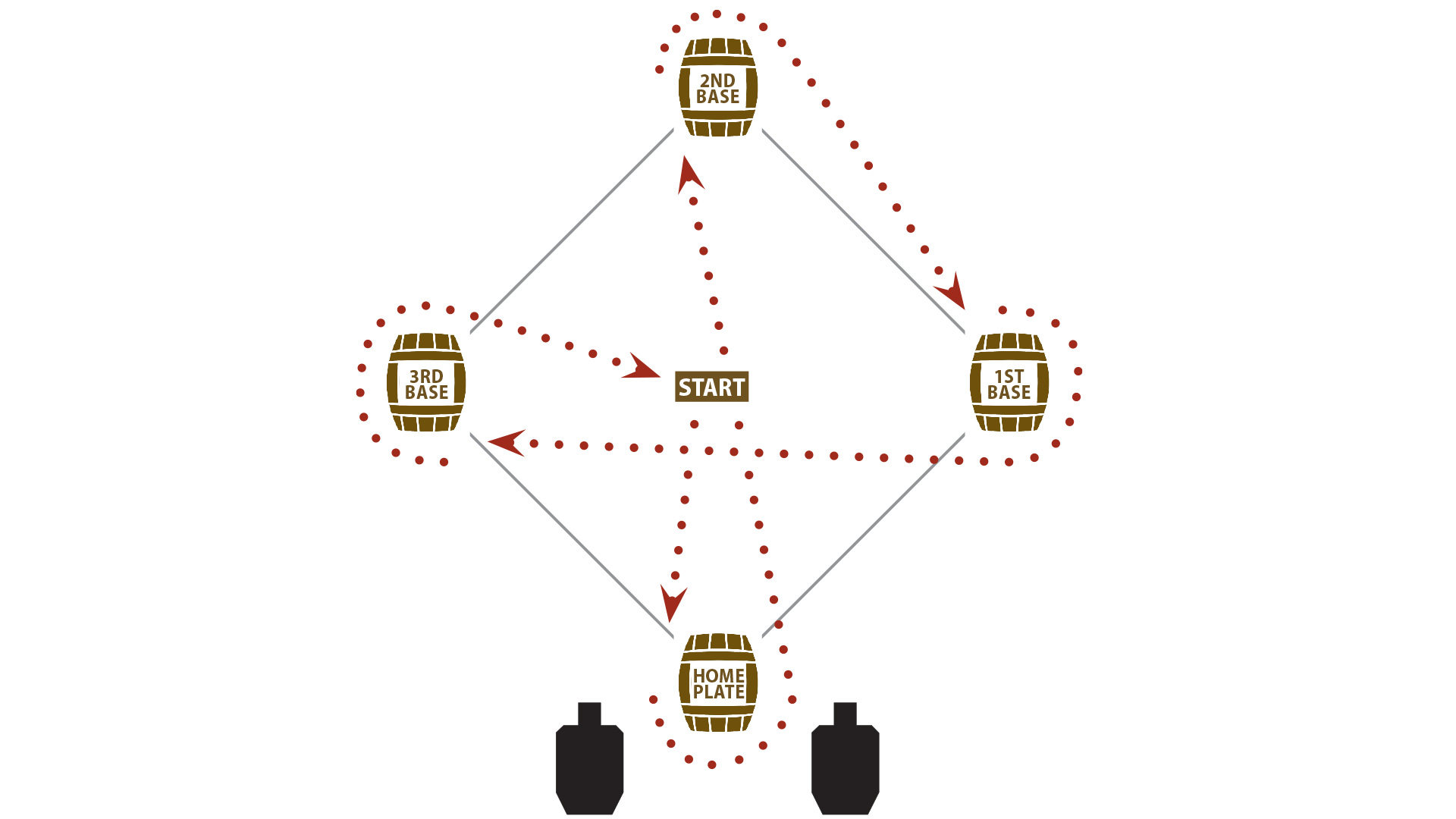
No doubt we expend much time discussing new guns, gear, ammo and tactics. But the fact is, the single most important thing you can do to survive a home invasion is to actually train with your shotgun. Training has many forms, however, and after the basics of loading and shooting are mastered, the most useful training should involve drills that simulate real-life situations—which, of course, can change rapidly. Mainly, this means practicing drills that entail moving, shooting and reloading at the same time.
Here are two drills and one exercise that are much more useful than simply shooting at stationary targets from stationary positions. (Unfortunately, due to their dynamic nature, most cannot be performed on the shooting line of a public range, so it’s best to find a private range where you are free to move at will.)
Baseball Drill
The point of this drill is to move while shooting, because if you have a positional advantage on a home invader, you can bet that attacker isn’t going to stay in one place for long. Likewise, if an invader has the upper hand on you, you must improve your position if you intend to survive. The problem is, like rubbing your belly and patting your head, it’s much harder to shoot while moving if you haven’t done it before.
Place four barrels (or other objects that can be used to simulate cover such as folding chairs, target stands, etc.) roughly 10 feet apart in a baseball-diamond shape, with home plate being nearest the targets. Place at least two targets downrange, 5 yards from home plate, so that the “second-base” barrel is the farthest away from the targets.
Begin in the middle of the diamond (where the pitcher’s mound would be), with your shotgun loaded and at the low ready. To begin the drill, walk forward toward home plate while firing at least one shot. As you continue to hold the shotgun to the shoulder and keep the muzzle trained on one of the targets at all times (which means you will need to keep your head and shoulders squared to the target as you move), circle around home plate and walk straight backward toward second base while firing two shots on one of the targets. (Be sure to lift your feet as you walk backward to mitigate the chance of tripping.) Circle around second base in the same manner as you head toward first base, firing two shots on one of the targets. Move around first base, then to third base while firing, and then back to the pitcher’s mound to load up and begin the drill again. If at any time you run out of shells, reload as you move forward or backward to the nearest base, and stay there until you’re fully reloaded. Then continue to the next base.
Realize that most people must begin by walking slowly as this drill is learned. With practice and repetition, you can increase your speed until you can jog while moving around objects and shooting accurately. After the concept of moving and shooting is learned, vary the pattern you take around the bases.
Cover and Clear Drill
The point of this drill is to become familiar with experiencing a malfunction and to avoid staying exposed while the shotgun is inoperable. The common action for those who are inexperienced is to panic and freeze—or to flee wildly—if their firearm goes down. But with training, the home defender can be better prepared to seek cover and clear the gun to get back in the fight.
Using the same setup as the last drill, load the shotgun, but insert a dummy round or two somewhere in the magazine. (If you don’t have dummy rounds you can make them by using fired hulls and filling them with the shot and wad from live rounds.) Run the drill described above, but anytime a failure-to-fire is encountered, begin clearing the dud shell and making the gun ready while moving toward the closest base. While at the base, top off the shotgun with fresh rounds before moving to the next base, firing as you go.
Know-Your-Gun Exercise
The point of this exercise is to become familiar with your shotgun’s pattern (spread) and point-of-impact (POI) at various ranges. Plenty of home defenders I’ve encountered really don’t know if the spread out of their shotgun at 25 yards is 10 or 30 inches wide. Knowing yours can only help you in situations where perhaps a family member is only a short distance away from the invader.
Using your shotgun set up exactly how you intend to use it (including sights, stock length, choke, etc.) and your home-defense load of choice, mark off various distances from the target including 5, 10, 15, 20 and 25 yards (or farther, if your situation warrants). Obtain a large paper-target backer such as a cardboard box for a refrigerator or television if you can get one. Staple a fresh paper plate or sheet of paper to the cardboard backer for each shot.
While aiming at the center of the paper plate, shoot one shot at each marker. Check the target, measure the circumference of its pattern (the farthest distance between two holes), write it down and take a mental snapshot (or an actual snapshot with your phone). Hang a fresh target and repeat at all ranges. When finished, study your results, including pattern sizes and POI. If you see any trends, take appropriate measures to adjust your sights or your sight picture when firing. Knowing such information—or at least having a general idea of what your pattern does at various distances—will lend confidence if you ever find yourself defending against an attack.


